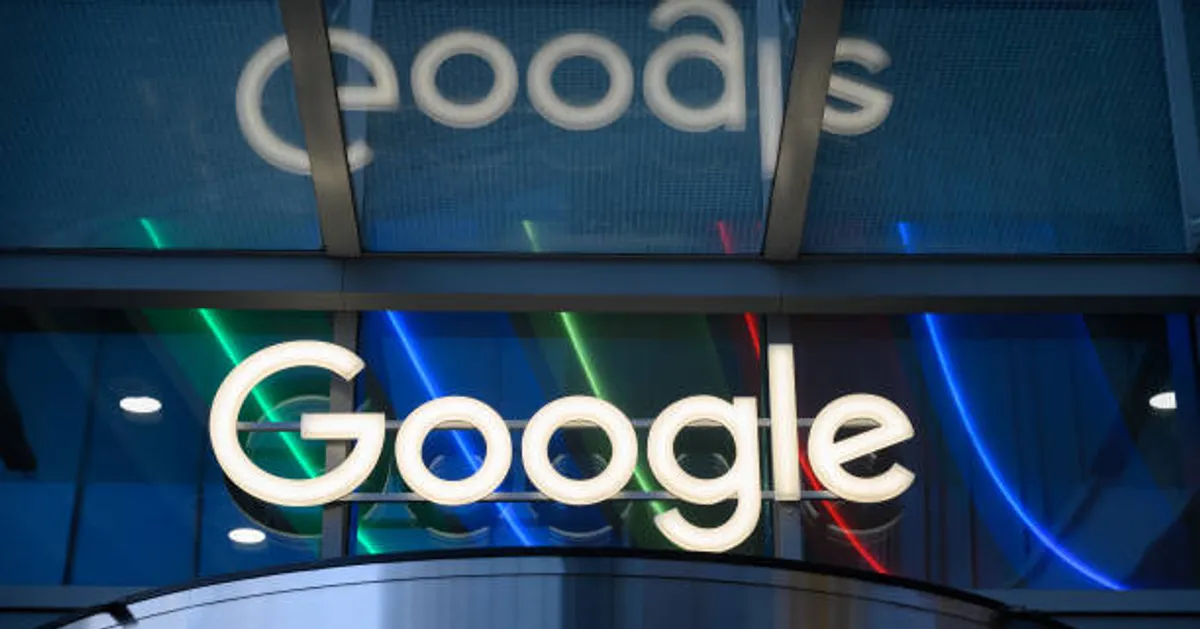
Google Enforces Android 15 Targeting for New Apps: A Push for Security and Modernization in 2025

GeokHub
Contributing Writer
Tightening the Reins on App Development
In a strategic move to bolster app security, performance, and user privacy, Google has mandated that all new apps and updates submitted to the Google Play Store must target Android 15 (API level 35) starting August 31, 2025. This policy update, announced in mid-July 2025, requires developers to align with the latest OS version to ensure compatibility with evolving device capabilities and to mitigate vulnerabilities in outdated codebases. Existing apps, meanwhile, must target at least Android 14 (API level 34) to remain discoverable and installable for users on newer Android versions. As the mobile ecosystem accelerates toward AI-driven features and enhanced privacy controls, this mandate signals Google’s commitment to a more robust, future-proof Android landscape, potentially weeding out legacy applications while challenging developers to innovate.
Android 15, officially launched on October 15, 2024, for Pixel devices and now powering 28.5% of Android devices as of August 2025, introduces groundbreaking enhancements that make this targeting requirement timely. Codename “Vanilla Ice Cream,” the OS emphasizes edge-to-edge app displays by default, app archiving for storage efficiency, and granular permissions for media access—changes that demand developer adaptation to avoid functionality breakdowns on modern hardware. By enforcing this, Google aims to reduce fragmentation, a perennial Android challenge, ensuring over 3 billion devices benefit from optimized, secure apps. Developers seeking extensions can request up to November 1, 2025, via the Play Console, but the clock is ticking for compliance.
Why the Mandate Matters: Security, Performance, and Privacy at the Forefront
Google’s decision isn’t arbitrary; it’s rooted in the need to address escalating threats and leverage Android 15’s advancements. Sideloaded and outdated apps have long been malware hotspots—Google’s data shows over 50 times more threats from non-Play Store sources. Targeting Android 15 enforces modern safeguards like:
-
Granular Media Permissions: Apps requesting access to photos and videos must now justify usage in the Play Console. For infrequent needs (e.g., one-time uploads), alternatives like scoped storage are recommended, phasing out broad permissions like READ_MEDIA_IMAGES and READ_EXTERNAL_STORAGE. This curbs unnecessary data exposure, aligning with Android 15’s privacy-first ethos.
-
File Integrity Verification: The new FileIntegrityManager API allows apps to cryptographically verify files on disk, preventing tampering—ideal for banking, health, or legal apps handling sensitive documents.
-
Selective Screen Sharing: Android 15 restricts screen broadcasts to specific app windows, enhancing confidentiality during calls or recordings, without exposing notifications or other apps.
-
Native Code Overhaul: All native libraries (via Android NDK) must support 16KB memory page sizes, a shift for ARM-based chips. Non-compliant code risks crashes on future devices, pushing developers to update for seamless performance.
Additionally, Google Play Protect will now dynamically revoke permissions from flagged apps post-installation, even for sensitive accesses like contacts or SMS. For News and Magazines apps, a mandatory self-declaration form in the Play Console—due by August 27, 2025—ensures transparency on content sources and editorial practices, combating misinformation.
These updates, driven by Android 15’s architecture (built on Linux kernel 6.6), promise better battery optimization, low-light camera boosts, and theft protections like authentication for SIM removal or Find My Device toggles. Devices with less than 32GB storage are ineligible for Android 15 updates, per Google’s GMS Requirements, ensuring ample space for these features— a boon for users but a hurdle for budget hardware makers.
Developer Roadmap: Tools and Timelines for Compliance
Transitioning to Android 15 doesn’t have to be daunting. Google has equipped developers with resources to streamline the process:
-
SDK Upgrade Assistant: Integrated into Android Studio, this tool automates SDK updates, flagging compatibility issues and suggesting fixes for API changes.
-
Play Policy Insights Beta: Available in Android Studio Canary, it provides in-context lint warnings, policy summaries, and best practices to preempt review rejections—covering dos and don’ts for permissions, ads, and AI-generated content.
-
Timeline Breakdown:
- By August 31, 2025: New apps/updates must target Android 15.
- Ongoing for Existing Apps: Target Android 14+ to serve users on higher OS versions; non-compliant apps risk invisibility on new devices.
- Extensions: Request via Play Console for up to November 1, 2025, if needed for complex migrations.
For native developers, testing 16KB page sizes early is crucial—use emulators or compatible devices to verify. Hobbyists and students benefit from tailored Android Developer Console accounts, easing verification for non-commercial projects. Google emphasizes that this isn’t about closing the ecosystem; sideloading remains viable, but with added layers like developer identity checks rolling out in 2026 to curb fraud.
Broader Implications: Balancing Openness and Safety
This mandate arrives amid Android’s evolution, with 72% global market share and AI integrations like Private Space—a digital vault for sensitive apps—gaining traction. Foldables and tablets see productivity boosts, such as pinnable taskbars and app pairing for split-screen multitasking, making Android 15 a powerhouse for large-screen devices.
Critics, however, decry potential barriers for indie developers and regions reliant on sideloaded apps, echoing concerns from the 2023 Epic Games antitrust ruling that forced third-party store allowances. Yet, Google’s phased approach—starting with high-fraud areas like Brazil and Indonesia in 2026—aims to preserve openness while slashing malware risks. As Android 16 teases even more productivity and security features, this policy positions the platform as a secure evolution, not a restrictive overhaul.
For developers, 2025 is a pivotal year: Embrace Android 15 to unlock its potential, from AI-driven cameras to fortified privacy. With tools like Compose UI and Clean Architecture guiding the way, the mandate isn’t just a requirement—it’s an invitation to build smarter, safer apps for a connected world.
